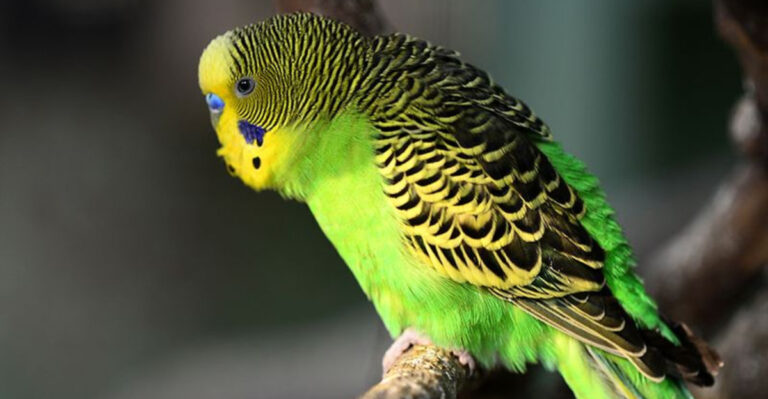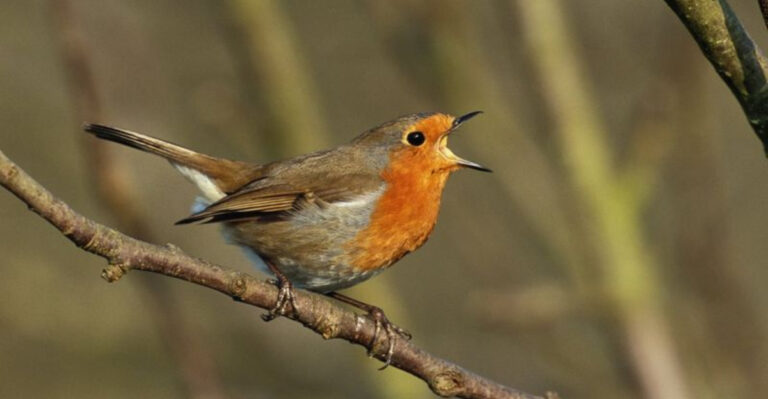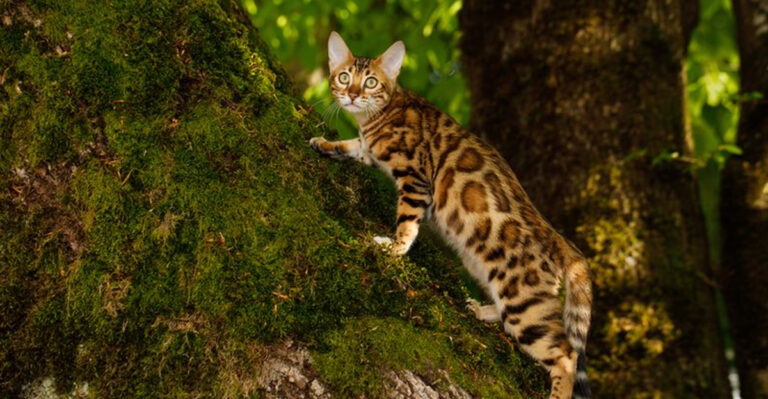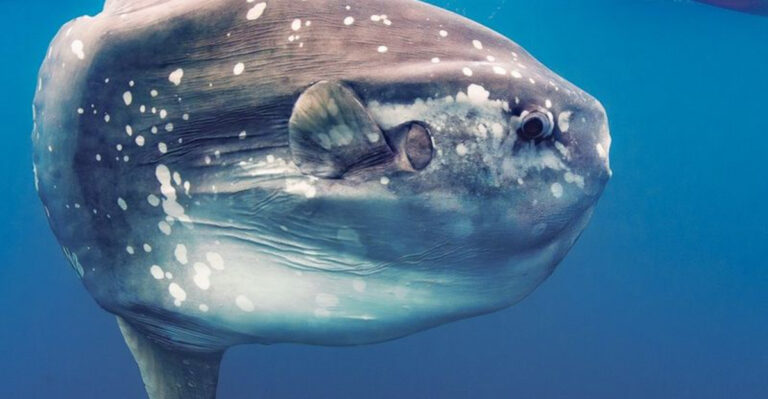15 Ugly Creatures Of The Ocean That Play Heroic Roles In Nature
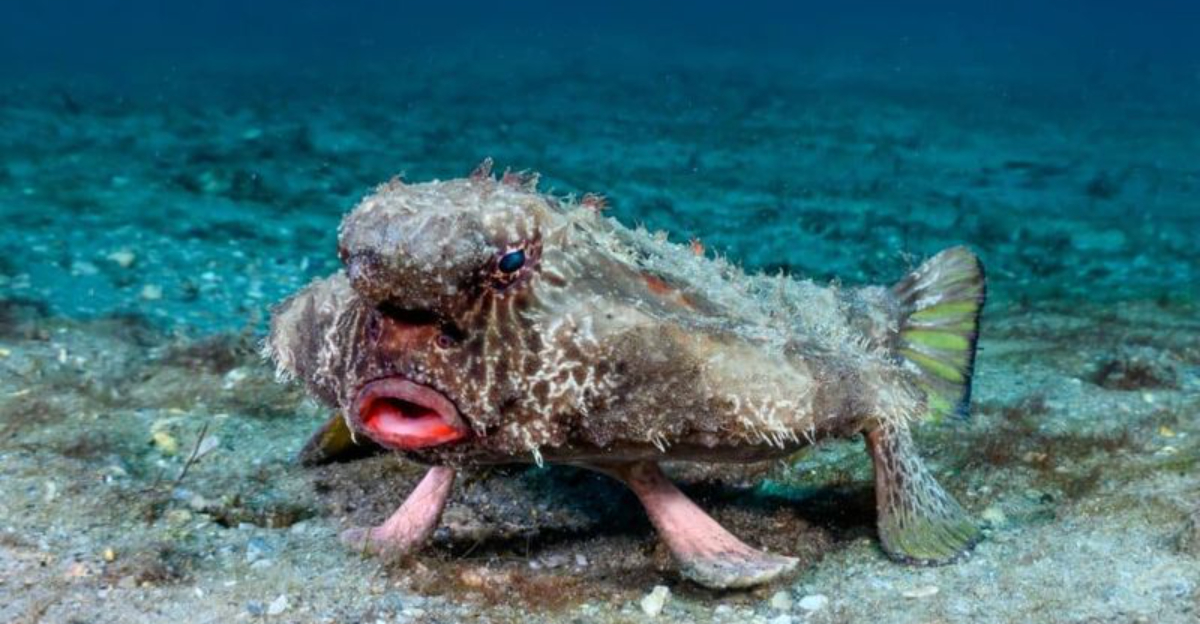
The ocean depths harbor some creatures that might make you recoil at first glance. Despite their intimidating appearances, these marine animals are actually nature’s unsung heroes.
From cleaning up ocean floors to maintaining crucial ecological balance, these seemingly ‘ugly’ creatures perform vital roles that keep our oceans healthy and thriving.
1. Blobfish: The Gelatinous Garbage Collector
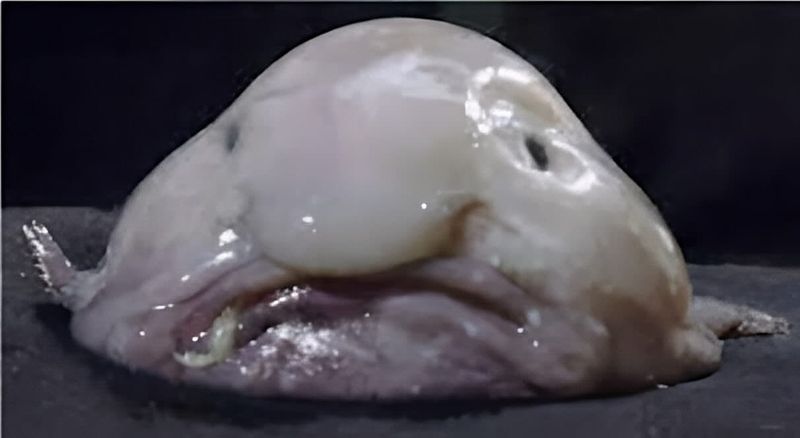
Ever seen a ball of melting flesh with a frown? That’s the blobfish for you! This gelatinous oddball lives in deep waters where intense pressure gives it structure.
When the pressure’s off, it turns into the sad blob we recognize. But don’t judge – these creatures clean ocean floors by consuming marine waste others won’t touch.
2. Hagfish: Slime-Producing Ocean Custodians

Imagine squeezing toothpaste underwater and watching it expand into buckets of goo. Hagfish release this defensive slime when threatened, turning predators’ gills into clogged messes.
Beyond their gross-out factor, these primitive creatures are crucial decomposers. They clean up dead and dying animals on the seafloor, recycling nutrients back into the marine ecosystem.
3. Sea Cucumber: The Ocean’s Vacuum Cleaner
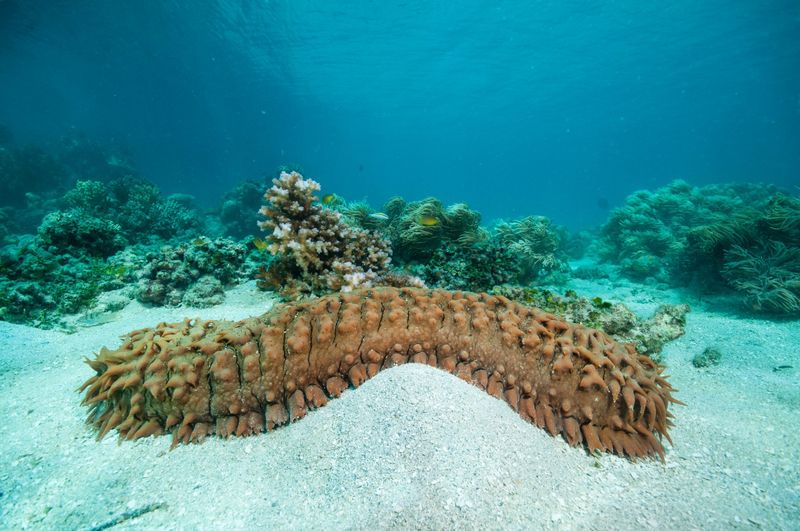
Looking like a warty pickle with tentacles, sea cucumbers aren’t winning beauty contests anytime soon. These odd echinoderms inch along ocean floors worldwide, swallowing sandy sediment and filtering out organic matter.
Their constant feeding cleans and aerates the seafloor, preventing buildup of decomposing material. Some species even provide shelter to tiny fish inside their body cavities!
4. Monkfish: The Camouflaged Seafloor Regulator
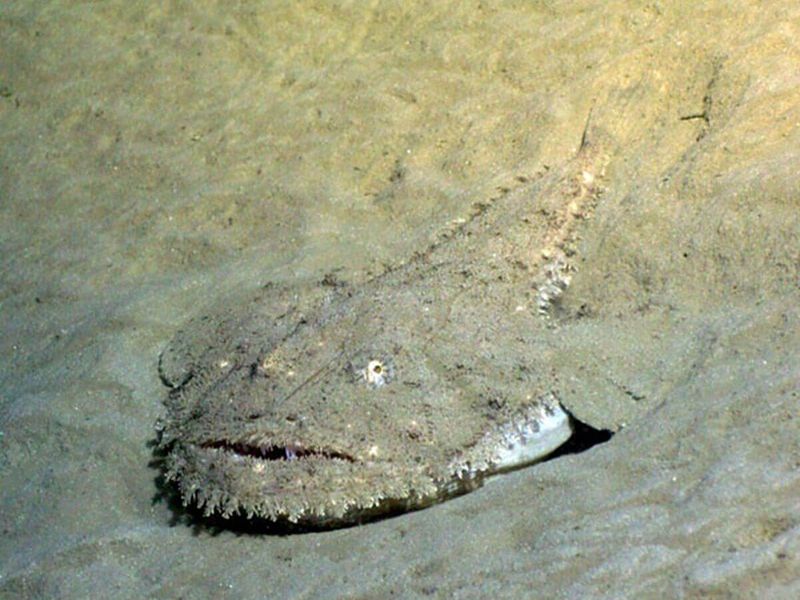
With a face only a mother could love, this flat-bodied fish sports a massive mouth filled with needle-sharp teeth and a fishing-rod-like lure on its head. Behind that nightmarish appearance lies an ecological superstar.
Monkfish control populations of bottom-dwelling creatures that might otherwise explode in numbers. Their ambush hunting style helps maintain the delicate balance of seafloor ecosystems.
5. Goblin Shark: Ancient Deep-Sea Balancer

Straight from a nightmare, the goblin shark boasts a protruding sword-like snout and jaws that literally shoot forward to capture prey. This living fossil has remained virtually unchanged for millions of years.
Despite its terrifying appearance, it plays a vital role controlling populations of deep-sea creatures. As a mid-level predator, it helps maintain the food web in abyssal environments few other creatures can survive.
6. Horseshoe Crab: Living Blue-Blooded Fossils
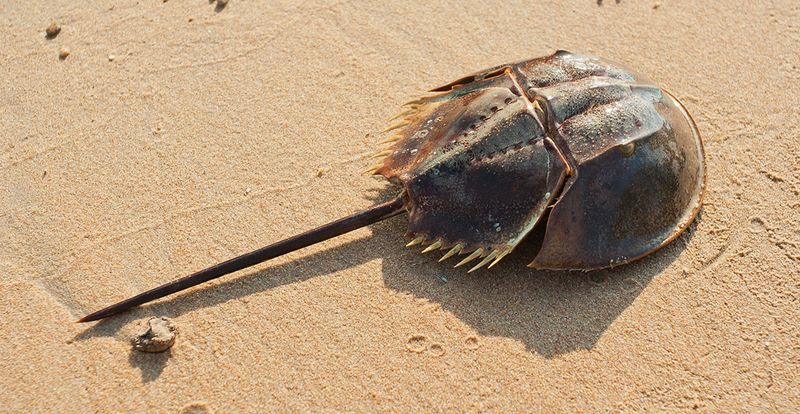
Looking like armored tanks with multiple eyes and spiky tails, horseshoe crabs have remained virtually unchanged for 450 million years. Their blue blood contains a compound called LAL that detects harmful bacteria.
Scientists harvest this blood to test vaccines and medical devices for contamination. Additionally, their eggs provide critical food for migrating shorebirds, making these ancient creatures vital links in coastal ecosystems.
7. Lamprey: Primitive Parasitic Water Purifiers

Resembling eels with circular, tooth-filled sucker mouths, lampreys strike fear with their parasitic feeding style. They attach to fish and drill into them with razor-sharp teeth, feeding on blood and tissue.
While that sounds horrific, native lamprey species are crucial bioindicators. Their presence signals healthy waterways, and they provide essential nutrients to streams when they spawn and die, much like salmon.
8. Wolf Eel: The Misunderstood Reef Custodian

Sporting a face that combines a grumpy old man with fearsome fangs, wolf eels seem designed to terrify. Despite their fierce looks, these creatures are actually shy and can even become friendly with divers they recognize.
Their powerful jaws crush sea urchins and shellfish that would otherwise overgraze kelp forests. By controlling these populations, wolf eels help maintain healthy underwater forests that provide habitat for countless species.
9. Batfish: The Awkward Ocean Floor Patrol
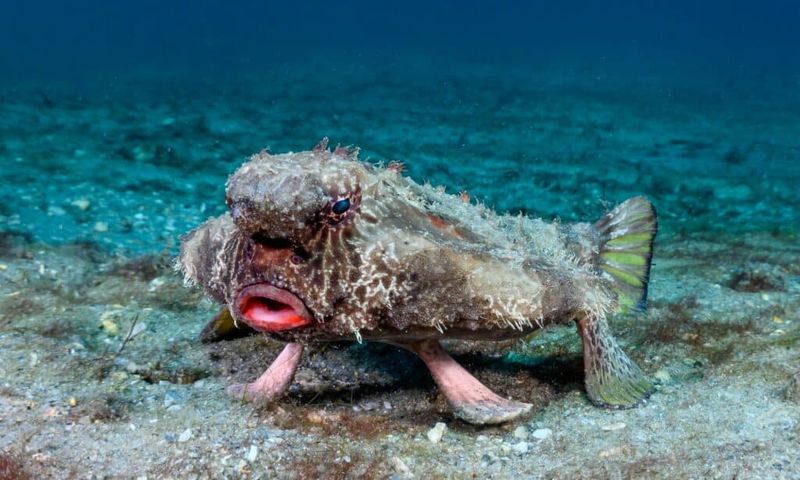
Picture a fish flattened like a pancake, then outfitted with fins that resemble awkward little arms. Batfish truly seem like the result of a design experiment gone wonderfully weird.
Patrolling sandy seafloors, they help regulate invertebrate populations with stealth and precision. Blending seamlessly into their surroundings, they serve an essential role in maintaining healthy tropical ecosystems.
10. Oysters: The Homely Water Filtration Systems
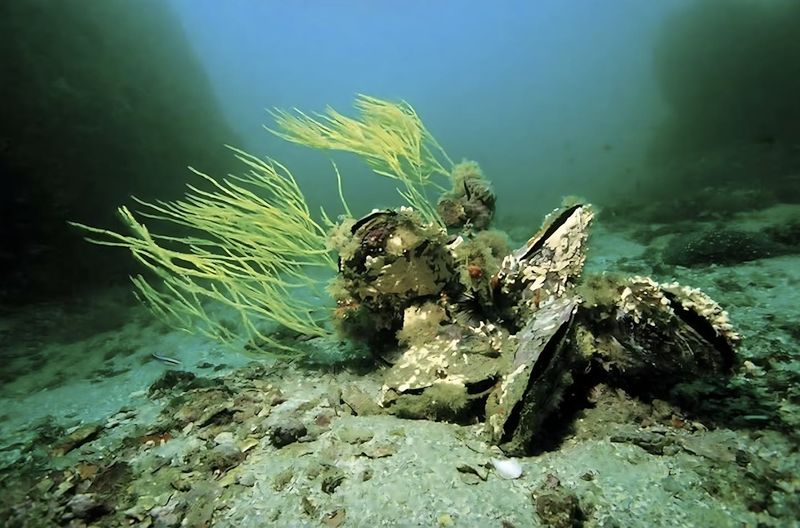
Rough, rock-like shells hide these filter-feeding powerhouses that look nothing like the pearls they occasionally produce. A single oyster filters up to 50 gallons of water daily, removing nitrogen and other pollutants.
Oyster reefs create habitat for over 300 marine species while serving as natural breakwaters against storm surges. These humble shellfish literally build ecosystems while cleaning coastal waters with every breath they take.
11. Gulper Eel: Deep-Sea Energy Transferrer
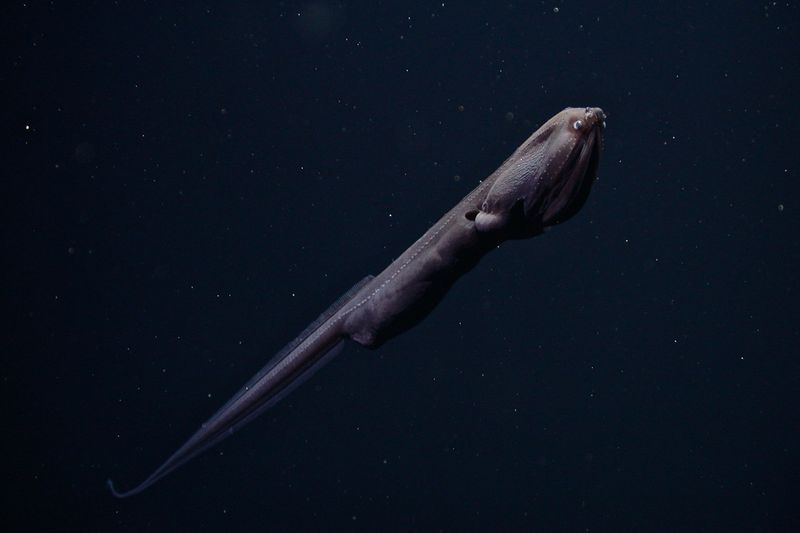
Imagine a creature with a mouth that could swallow something four times its size! The gulper eel’s massive jaw unfolds like a pelican’s pouch, attached to a whip-like body with a light-producing tail tip.
These bizarre deep-sea dwellers transfer energy between ocean layers by consuming surface-dwelling creatures that sink to the depths. Their hunting helps maintain the nutrient cycle in the mysterious midnight zone of our oceans.
12. Naked Mole Rat Of The Sea: Eelpout’s Hidden Talents
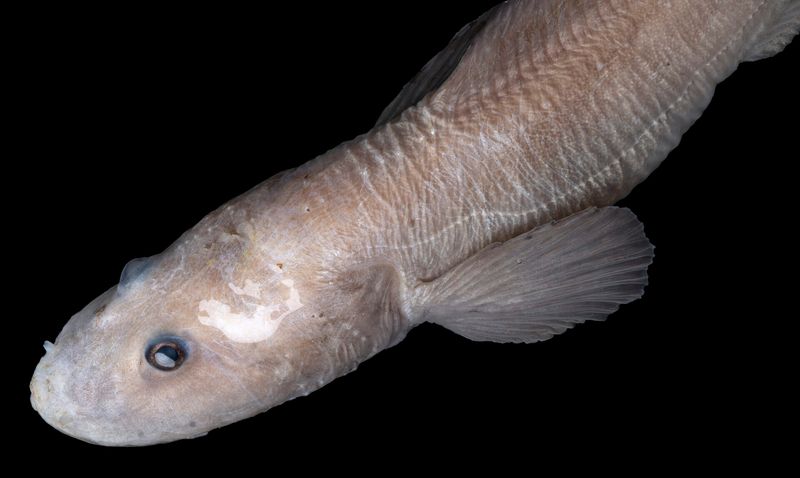
With saggy skin, bulging eyes, and a face that screams “I was born this way,” eelpouts are frequently called the naked mole rats of the sea. These bottom-dwelling fish thrive in freezing waters where most creatures perish.
Scientists study their unique antifreeze proteins for medical applications. Their ability to survive extreme cold makes them perfect indicators of climate change impacts, providing crucial data about our changing oceans.
13. Sea Pigs: Deep-Sea Cleanup Crew
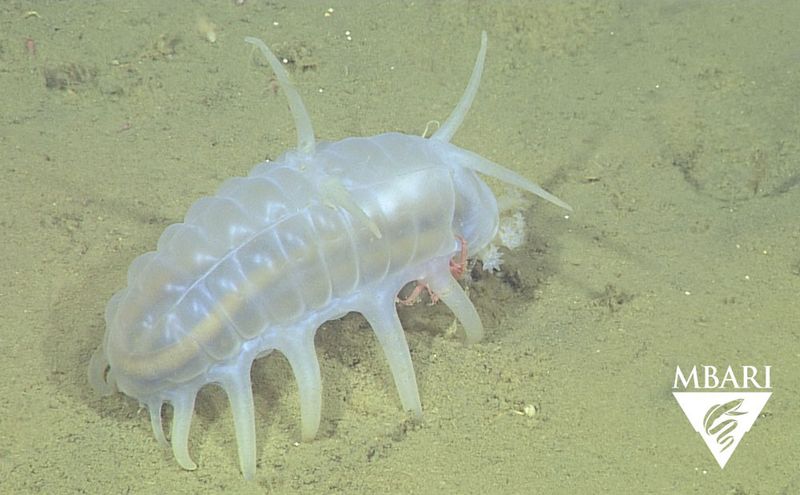
Looking like pink, translucent potatoes with legs, sea pigs are actually deep-sea sea cucumbers that travel in herds across abyssal plains. Their leg-like appendages allow them to move faster than typical sea cucumbers.
These bizarre creatures are nature’s recycling team, consuming fallen organic matter before it can accumulate on the seafloor. Their constant feeding prevents dead zones and keeps nutrients cycling in the deepest parts of our oceans.
14. Sheepshead Fish: The Dentist Of The Reef
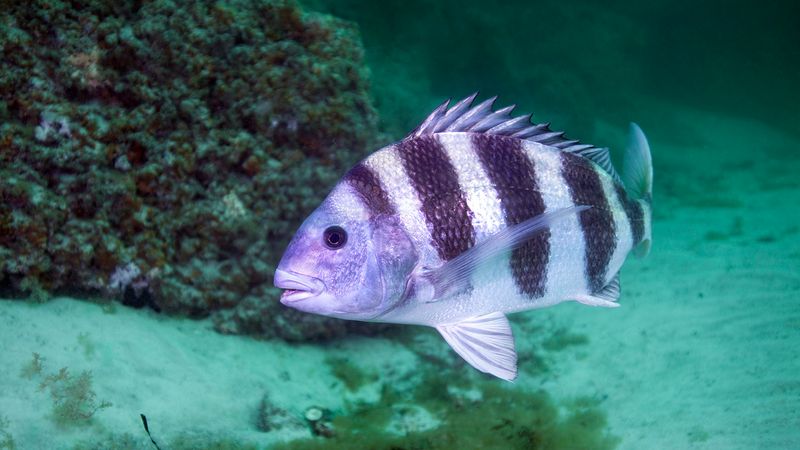
Sporting a set of human-like teeth that would make any orthodontist proud, the sheepshead fish is both fascinating and unsettling. Those chompers aren’t just for show -they’re specialized tools for crushing barnacles, crabs, and oysters.
By controlling populations of these hard-shelled creatures, sheepshead prevent overcolonization that could smother coral reefs. Their feeding habits help maintain the delicate balance of these underwater ecosystems.
15. Ratfish: Glowing Guardians Of The Deep
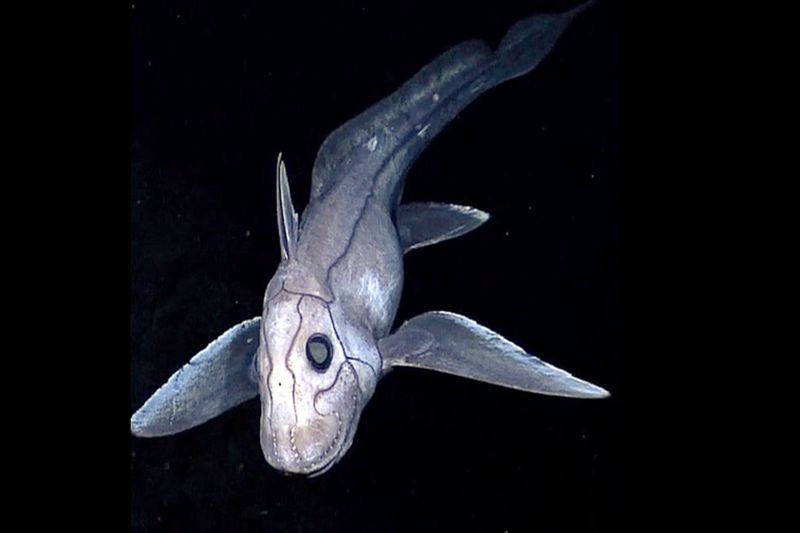
With a rat-like tail, rabbit teeth, and a ghostly appearance, the chimera or ratfish looks like something assembled from leftover parts. These ancient relatives of sharks cruise through deep waters with eerie, green glowing eyes.
Ratfish help control populations of hard-shelled invertebrates with their specialized grinding tooth plates. As mid-level predators, they maintain balance in deep-water ecosystems where few other predators can survive the crushing pressure.

